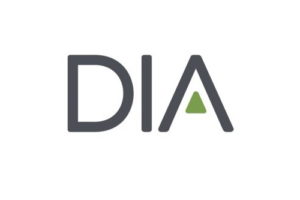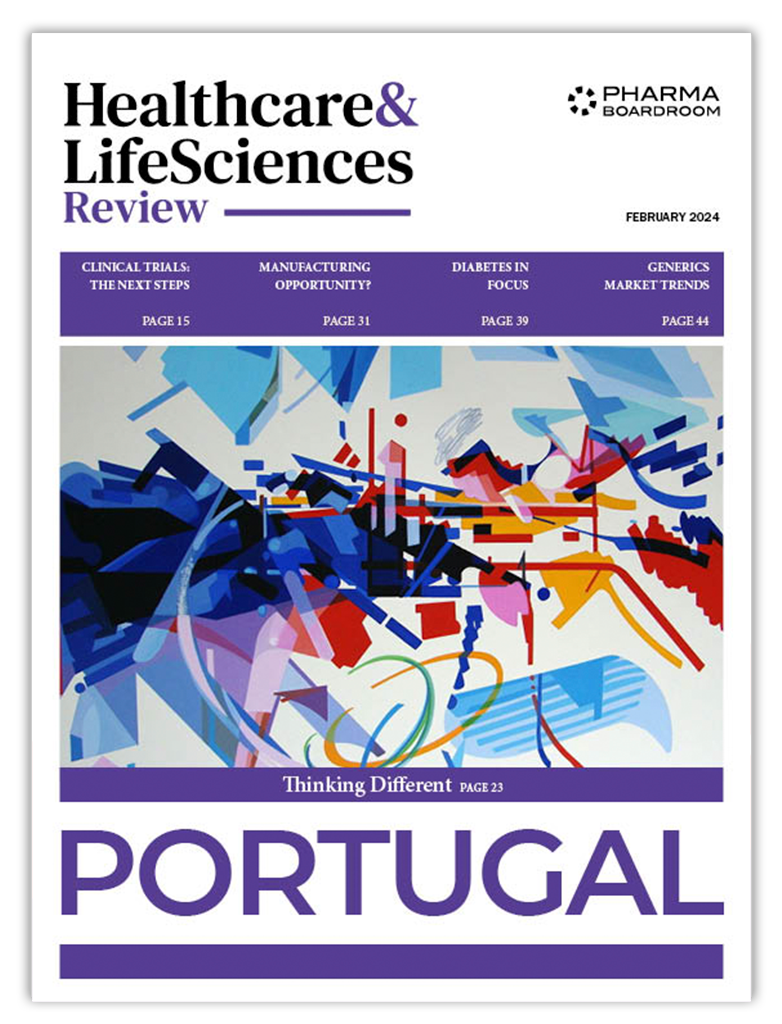Writing in DIA’s Global Forum magazine for April 2024 on behalf of DIA Japan’s Open Innovation Community Fumitaka Noji, Takeshi Kono, and Makoto Nagaoka look at how the gap between Japan’s academia and pharma companies can best be bridged to fully reap the benefits of innovation.
Although open innovation in drug research and development has long been recognized as important in Japan, it has not yet become widely adopted practice, and there are significant gaps in understanding and expectations between academia and pharmaceutical companies. For example, when there is an excellent research outcome, academia seeks recognition and research grants for subsequent research through publication of the outcome; whereas pharmaceutical companies generally tend to keep the research results confidential to maintain their competitive edge. This article discusses current gaps and primary challenges to resolving them, aims to deepen understanding of the issues that both parties face, and proposes measures for improvement.
In the US, most drugs approved by the FDA originate from academia or biotech ventures. Over 50% of drugs approved since 2017 originate from US-based biotech ventures or academia, whereas in Japan, the figure is 10%. This indicates that academia and biotech ventures play a major role in drug research. In Japan, while academia actively conducts basic research, and drugs targeting disease-related molecules discovered by Japanese researchers (such as crizotinib, mogamulizumab, trametinib, and nivolumab in oncology) have been approved through pharmaceutical industry-academia collaboration, the number of drugs with such origin is not as high compared to the US and Europe.
In general, to accelerate the development of new treatments and technologies, collaboration and knowledge-sharing among researchers and companies with diverse backgrounds and expertise are essential. Nevertheless, there are significant gaps in understanding and expectations between academia and pharmaceutical companies in Japan, and resolving these gaps is necessary to fully realize the benefits of innovation.
Difference in Viewpoint
Japanese academia, in general, aims to achieve academic recognition through new discoveries, emphasizing the publication and widespread sharing of research results. Additionally, there is often a pressing need to secure grants for subsequent research, which leaves little room for considering the future societal implementation of their findings.
Conversely, pharmaceutical companies are generally required to keep the outcomes of their research confidential to maintain their competitive edge. When introducing new research, they prioritize the strength of patent rights, strategies for product approval, and market value.
These differences in viewpoint can hinder the promotion of knowledge and experience-sharing and prevent even the most promising research results from rapidly advancing open innovation, a critical factor in these collaborations.
Therefore, it is crucial to deepen mutual understanding and establish cooperative relationships by recognizing these differences in viewpoint and by communicating effectively at the right time. One critical consideration is that if communication between academia and pharmaceutical companies begins early, when research results become concrete, academia may miss the opportunity to fully publish their findings, while companies may face increased investment risks if the research is still in its early stages.
Consequently, it is important for academia and pharmaceutical companies to determine the optimal timing for initiating communication. It would also be beneficial for pharmaceutical companies to have mechanisms that facilitate easy access from academia.



